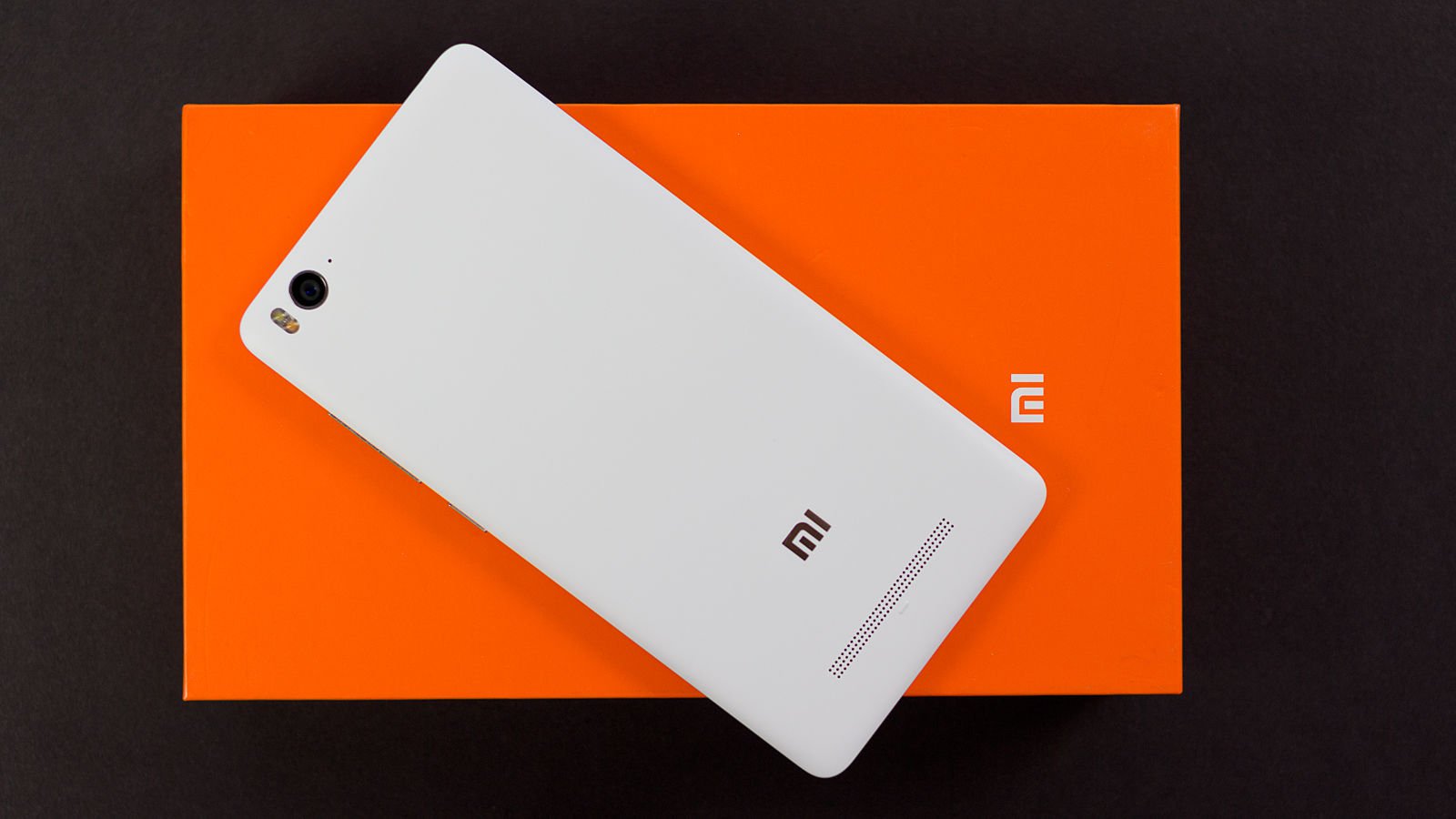Just about every segment of the travel industry is rife with rip-offs, but the folks who rent cars have risen gouging to an art form. The worst rip-offs are the extras that you often need for your trip and can’t obtain through alternative sources. Other bad ones include unconscionably high prices for options that you can avoid and various fees that are added onto base rates rather than included as they should be.
Fortunately, there are work-arounds that will allow you to bypass most of these rip-offs. But you have to be careful — car-rental providers want to overcharge you whenever they can. Here are seven ways to beat them at their own game.
Overpriced Insurance
Is rental-car collision insurance overpriced? Yes. Here’s how much: A car-rental company once informed travel agents that it could offer clients an unbeatable rate — $0 per day — provided only that the clients bought insurance.
Even though rental companies sometimes call their policies “insurance,” technically, they’re not. The policy is really a waiver of the company’s right to collect damages from you if you damage the rental. By whatever name, however, the price is outrageously high, at up to $30 per day in many cases. You know it’s overpriced when you can buy equivalent coverage from third-party sources — proprietors that make a profit — for less than $10 per day or get it free through your credit card.
Work-Around: Your regular auto insurance may cover you in a rented car, at least within the U.S., although many such policies do not pay for the full list of charges that rental companies add to a collision bill. You’re better off using the free coverage automatically provided on rentals charged to most AmEx, Diners Club, Discover, and Visa credit (not debit) cards, and many MasterCards. Except for Diners Club, however, most credit-card coverage is secondary for rentals in the U.S., which means you’ll first have to make your claim via your regular insurance; to avoid this situation, you can buy less expensive third-party collision coverage from the big online travel agencies (OTAs) such as Expedia and Priceline or independent sellers such as Protect Your Bubble, or you can convert your AmEx coverage to primary for about $25 per rental.
Fueling Gouges
Most rental companies give you three options for fuel: (1) Buy a full tank when you rent the car, (2) have the rental company refuel it when you return it, or (3) return it with a full tank. The first two options are complete rip-offs.
When you buy the full tank, the price may be close to the going rates locally, but that’s not the gouge. The gouge is that you get no credit for whatever fuel remains in the tank when you return the car. Instead, you donate it to the rental company. So unless Avis, Hertz, or Enterprise is your favorite charity, this option is a nonstarter.
When a rental company fills the car, it typically charges two to three times the local price per gallon (or liter). Last month, a reader reported being asked to pay €368 (about $500) to fill a tank that was at the three-quarters mark when returned. The reader assumed this was some sort of misprint, but the agent wouldn’t budge. (The reader got back in the car and drove to a gas station for a fill.)
Work-Around: The obvious work-around is to take the third option and fill up the tank just before you return the car. This means checking out available filling stations near the airport when you first rent your car so you’ll know where to get a refill. Be sure to get a receipt to prove that you filled the tank.


[…] Download Image More @ bitcoinnewsasia.com […]
ujhkbwfy
qpyajlve
It really is a shame that they want to rip you off so bad. It’s not like they are not making enough money off someone renting a car from them in the first place. I am thankful for the tips on how to outsmart them though!
Xiaomi’s latest all- rounder budget phone knocks it out of the park – Bitcoin News Asia
http://123.242.168.138/initiative/index.php?site=board
Xiaomi’s latest all- rounder budget phone knocks it out of the park – Bitcoin News Asia
https://laelectrotiendaverde.es/blog/razones-por-las-que-tener-una-cafetera-integrada-en-tu-cocina/
Xiaomi’s latest all- rounder budget phone knocks it out of the park – Bitcoin News Asia
https://whitepraline.pl/2016/07/shiseido-sheer-perfect-compact/
Xiaomi’s latest all- rounder budget phone knocks it out of the park – Bitcoin News Asia
https://www.microsoft-hack.com/archives/3361